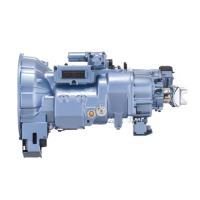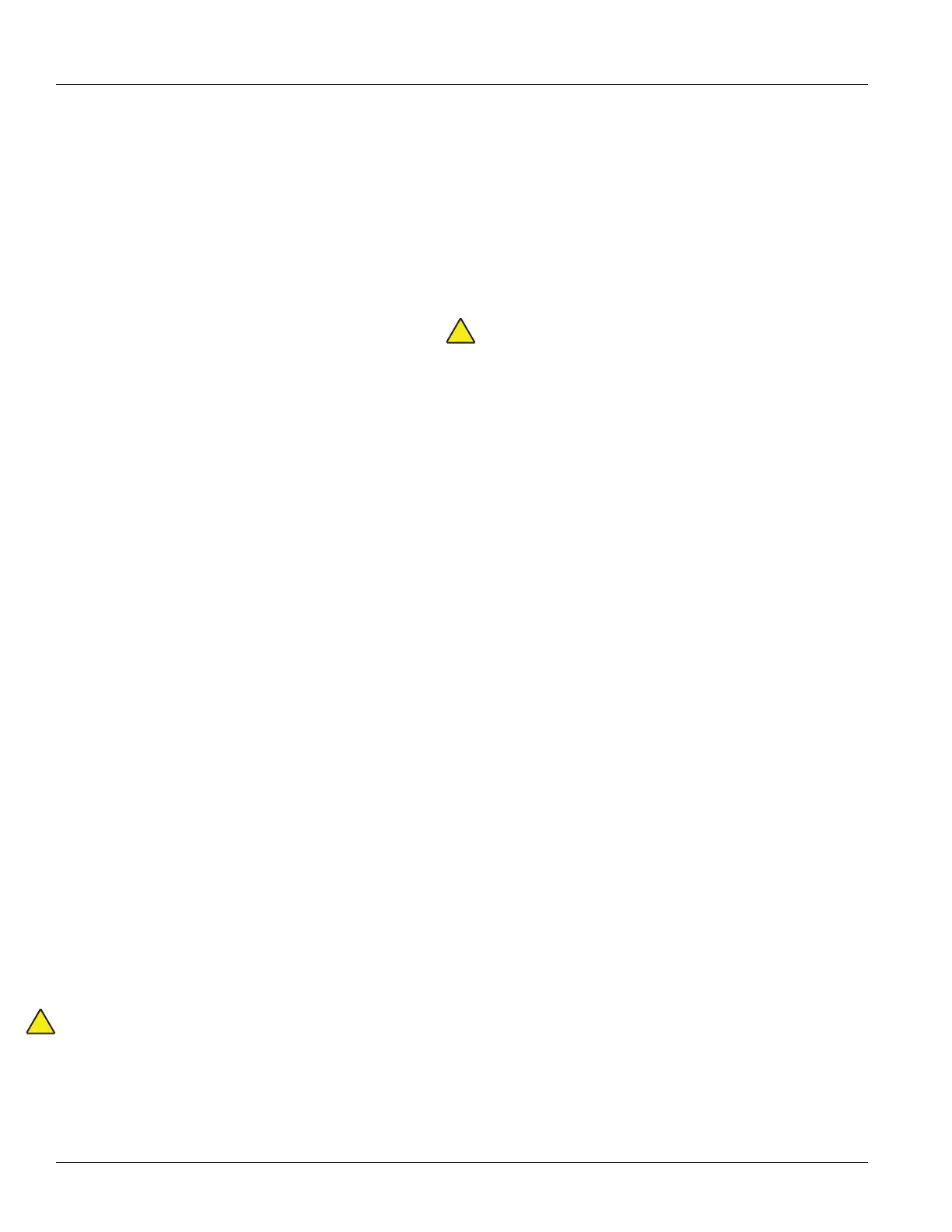11
© 2017 Eaton. All rights reserved
2018.12.12
Assembly and Disassembly Precautions | General Information TRSM0940
Assembly and Disassembly Precautions
Assembly Precautions
General Information
Ensure that case interiors and housings are clean. It is
important that dirt and other foreign material are kept out of
the transmission during assembly. Dirt is abrasive and can
damage polished surfaces of bearings and washers. Use
certain precautions, as listed below, during assembly.
Bearings
Use a flange-end bearing driver for bearing installation.
These special drivers apply equal force to both bearing
races, preventing damage to balls/rollers and races while
maintaining correct bearing alignment with bore and shaft.
Avoid using a tubular or sleeve-type driver, whenever possi-
ble, as force is applied to only one
of the bearing races.
Cap Screws
To prevent oil leakage and loosening, use Eaton Fuller Seal-
ant, Part Number 71205, on all cap screws.
Gaskets
Use new gaskets throughout the transmission as it is being
rebuilt. Make sure all gaskets are installed. An omission of
any gasket can result in oil leakage or misalignment of bear-
ing covers.
Initial Lubrication
Coat all limit washers and shaft splines with lubricant
during assembly to prevent scoring and galling of such
parts.
O-Rings
Lubricate all O-rings with silicon lubricant.
Universal Joint Companion Flange or Yoke
Pull the companion flange or yoke tightly into place with the
two Output Shaft bolts, using 84–92 lb-ft of torque. Ensure
the speedometer drive gear or a replacement spacer of the
same width has been installed. Failure to pull the compan-
ion flange or yoke tightly into place can result in damage to
the Main
Shaft Rear Bearing.
Important: See the appropriate Illustrated Parts List (speci-
fied by model series) to ensure that
proper parts are used
during assembly of the transmission.
Disassembly Precautions
General Information
It is assumed in the detailed assembly instructions that the
lubricant has been drained from the transmission, the nec-
essary linkage and vehicle air lines disconnected and
the
transmission has been removed from vehicle chassis
Important: Follow each procedure closely in the detailed
instructions. Be sure to make use of the
text, illustrations
and photographs provided.
Assemblies
When disassembling the various assemblies, such as the
Main Shaft, Counter Shafts and Shift Bar Housing, lay all
parts on a clean bench in the same sequence as removed.
This procedure will simplify assembly and reduce the possi-
bility of losing parts.
Bearings
Carefully wash and lubricate all usable bearings as removed
and protectively wrap until ready for use. Remove bearings
planned for reuse with pullers designed for this purpose.
Cleanliness
Provide a clean place to work. It is important that no dirt or
foreign material enters the unit during repairs. Dirt is abra-
sive and can damage bearings. It is always good practice to
clean the outside
of the unit before starting the planned dis-
assembly.
Input Shaft
The Input Shaft can be removed from the transmission
without removing the Counter Shafts, Main Shaft or Main
Drive Gear. Special procedures are required and provided in
this manual.
Snap Rings
Remove snap rings with pliers designed for this purpose.
Snap rings removed in this manner can be reused, if they
are not sprung or loose.
When Using Tools to Move Parts
Always use restraint when applying force to shafts, hous-
ings, etc. Movement of some parts
is restricted. Never
apply force to driven parts after they stop solidly. The use of
soft hammers, soft bars and mauls for all disassembly work
is recommended.
!

